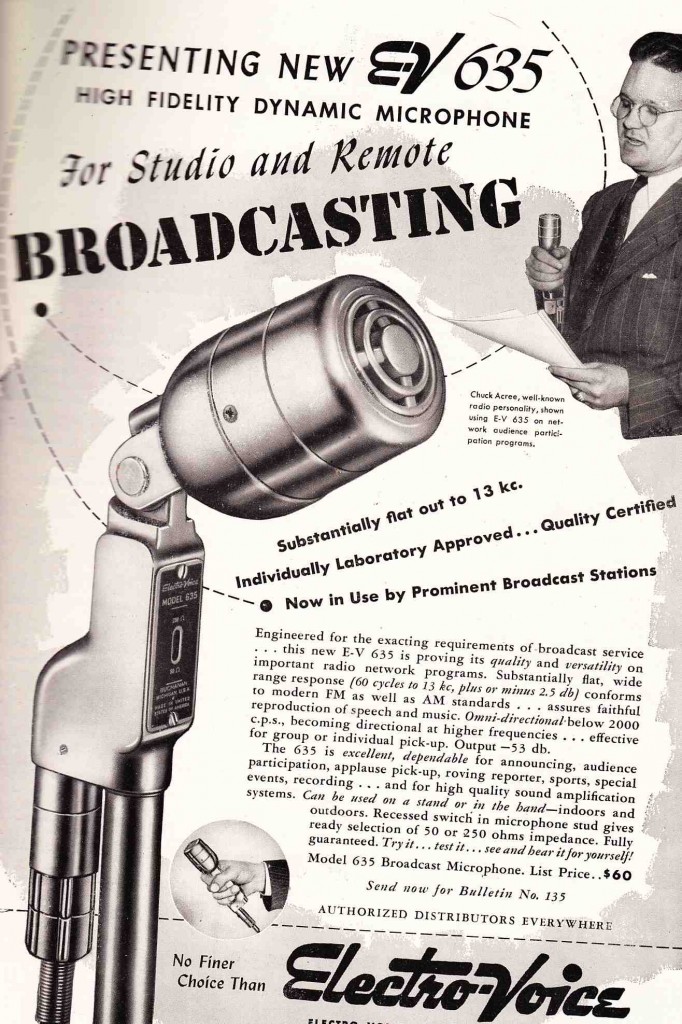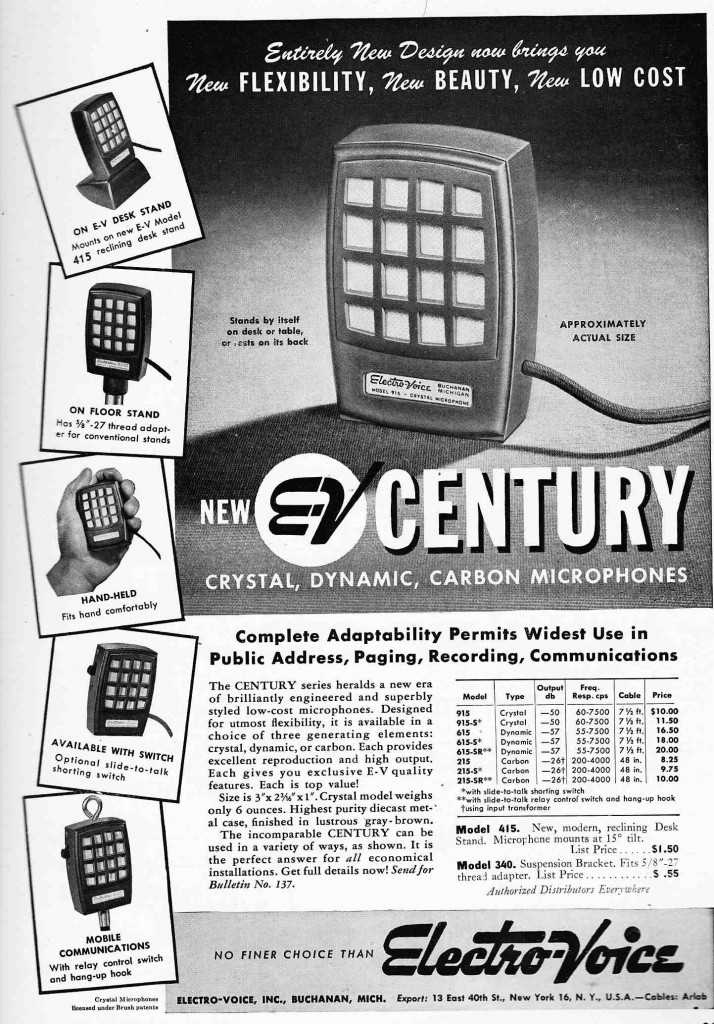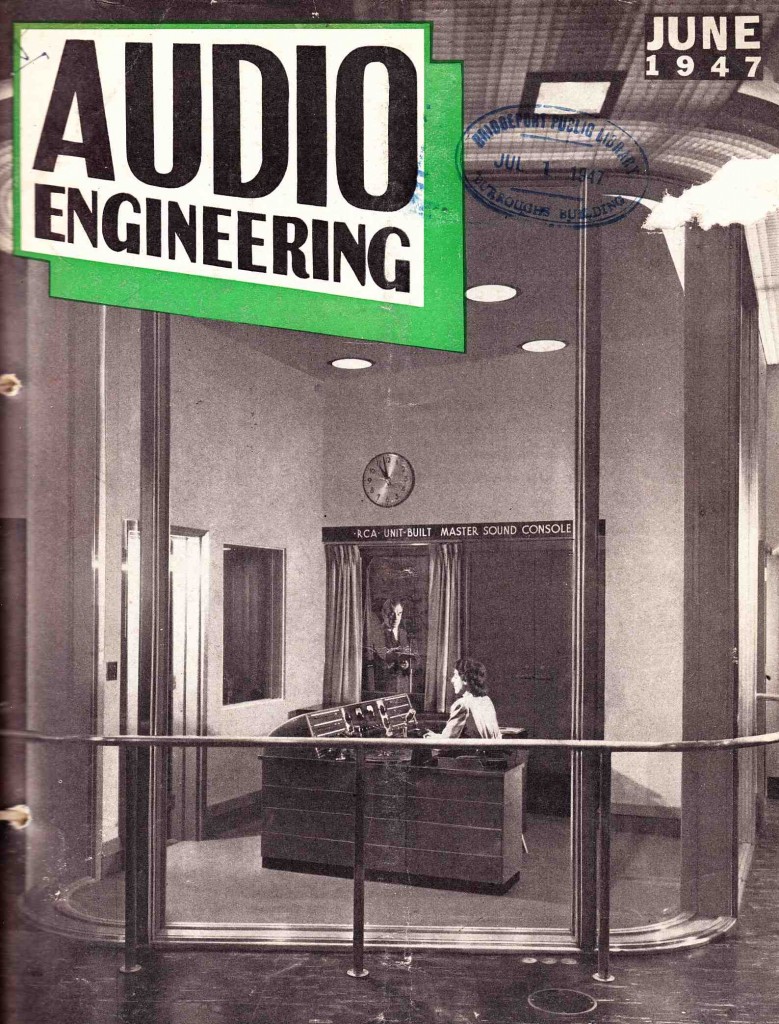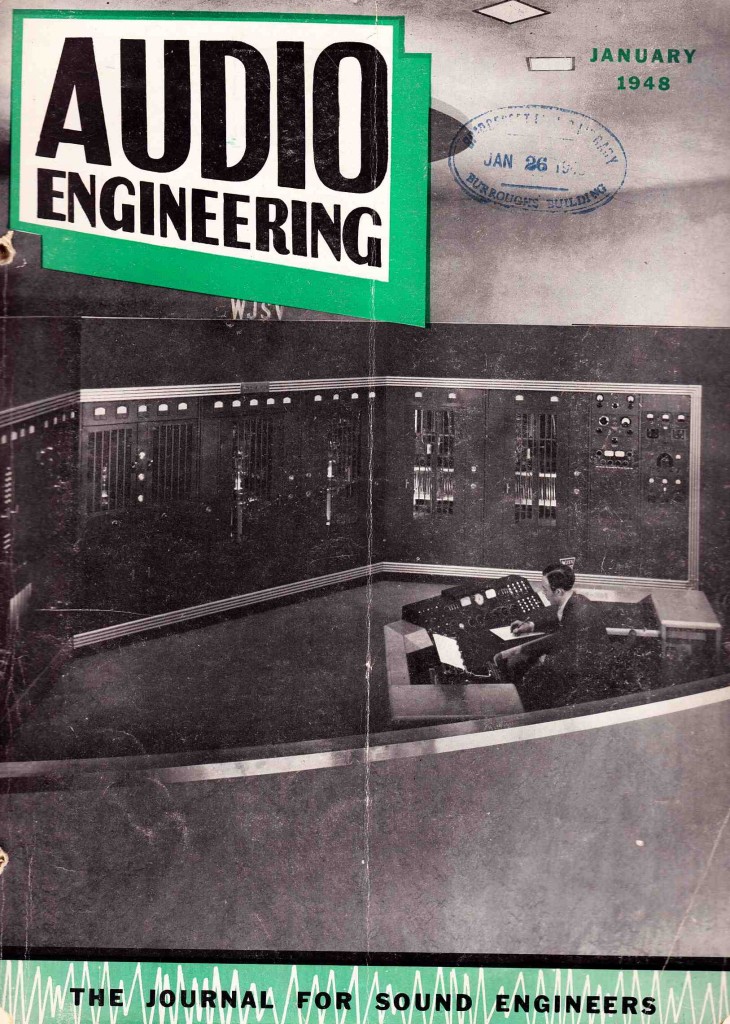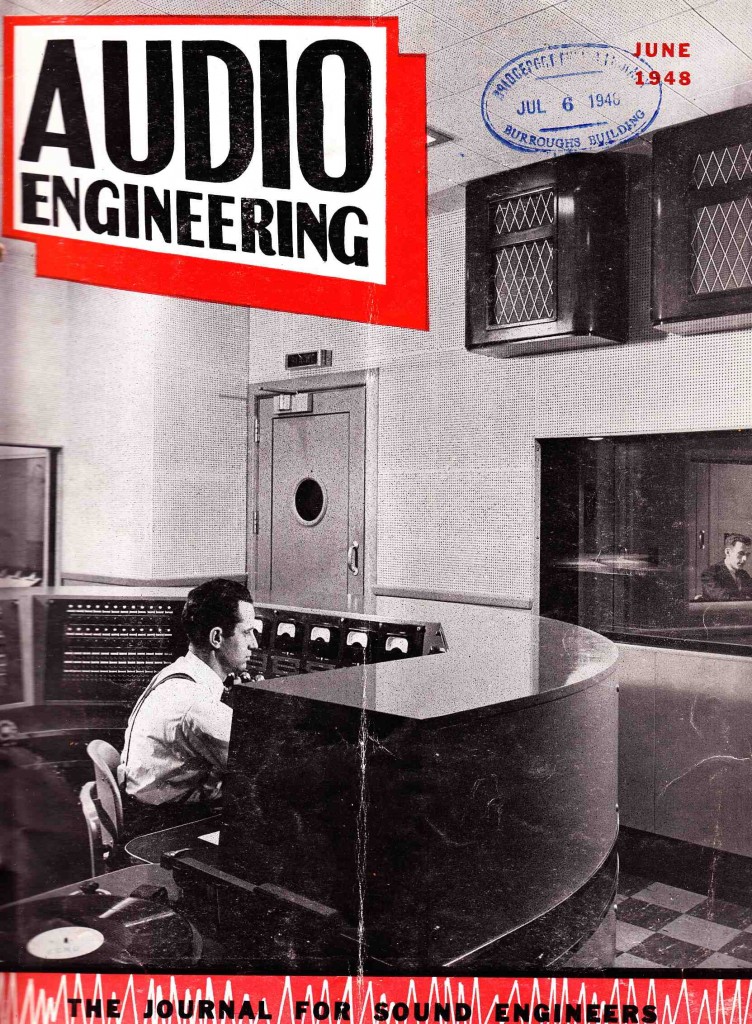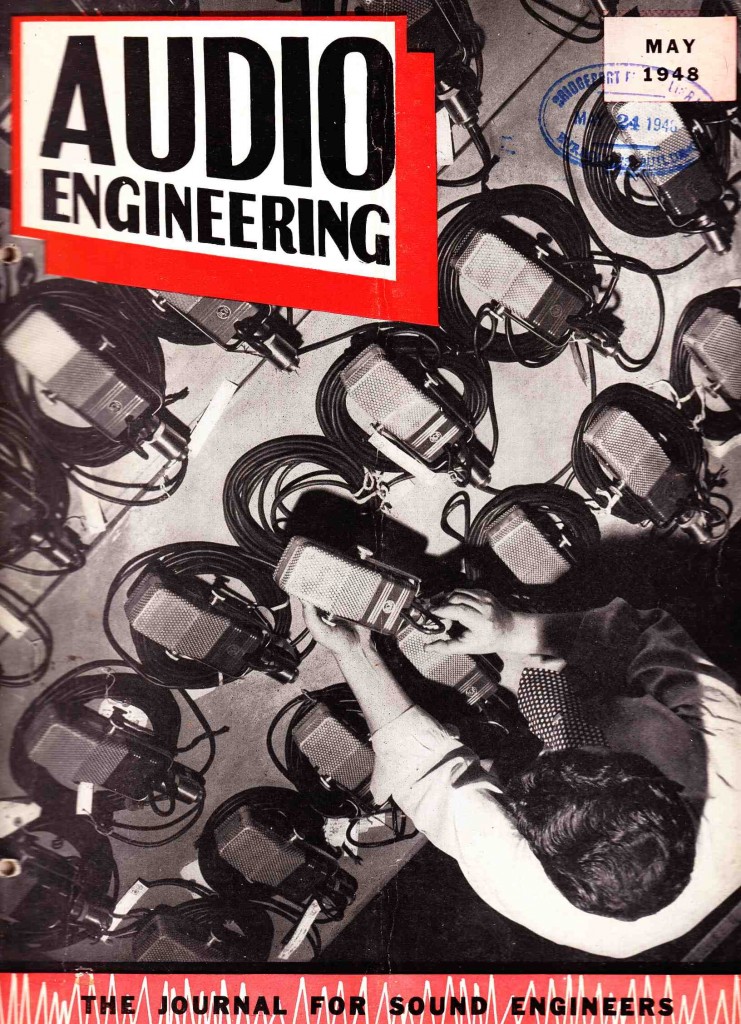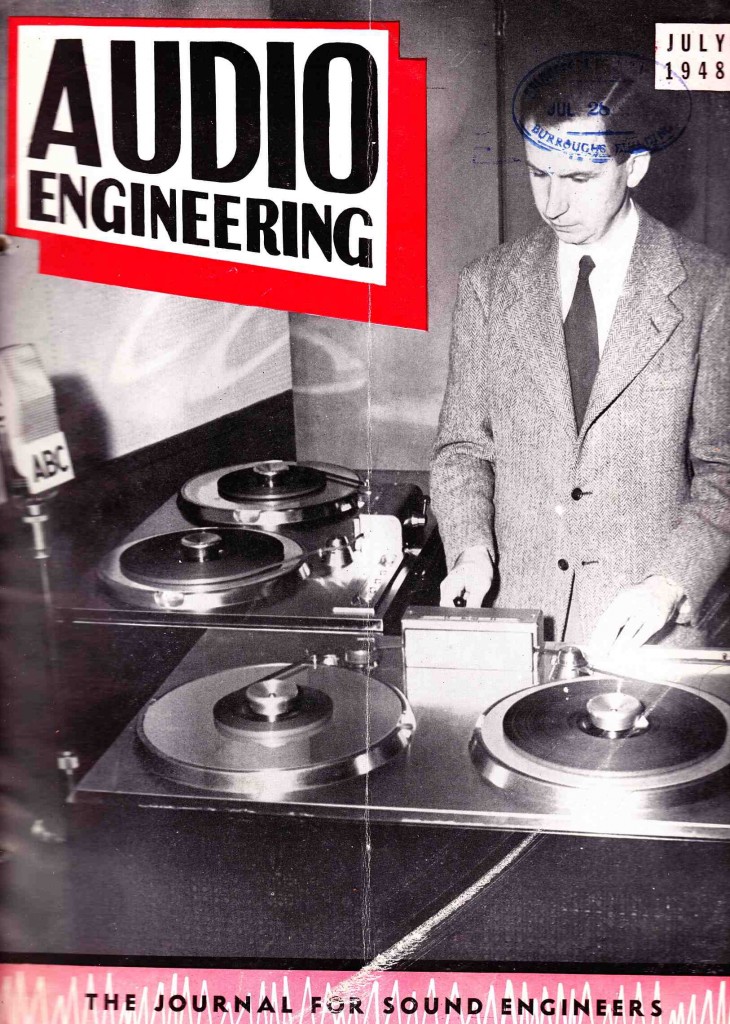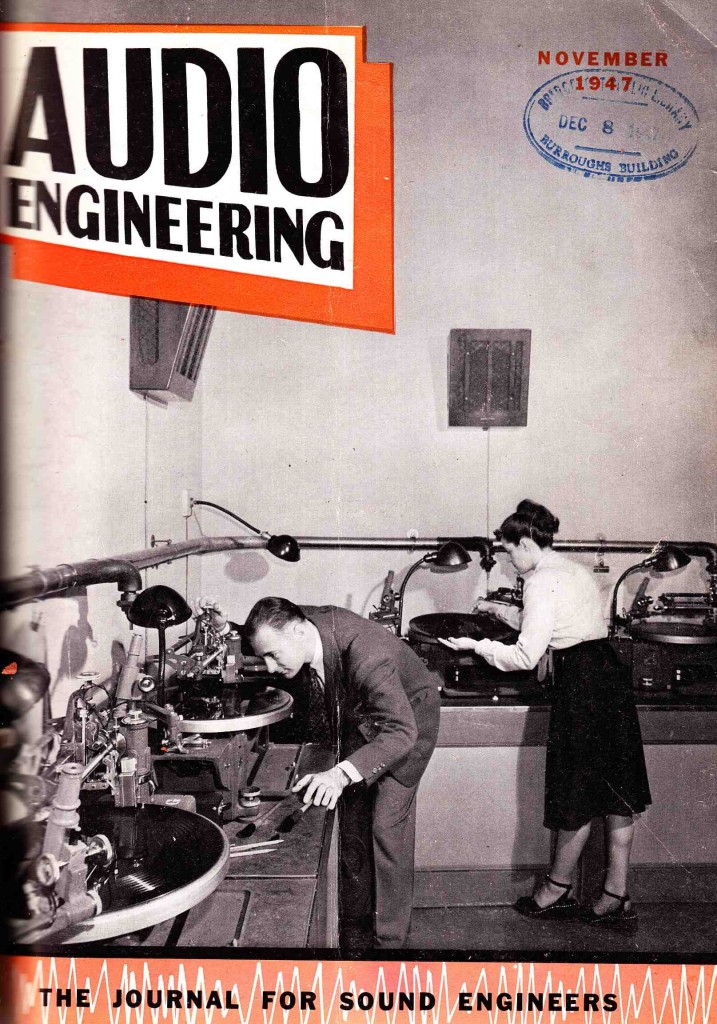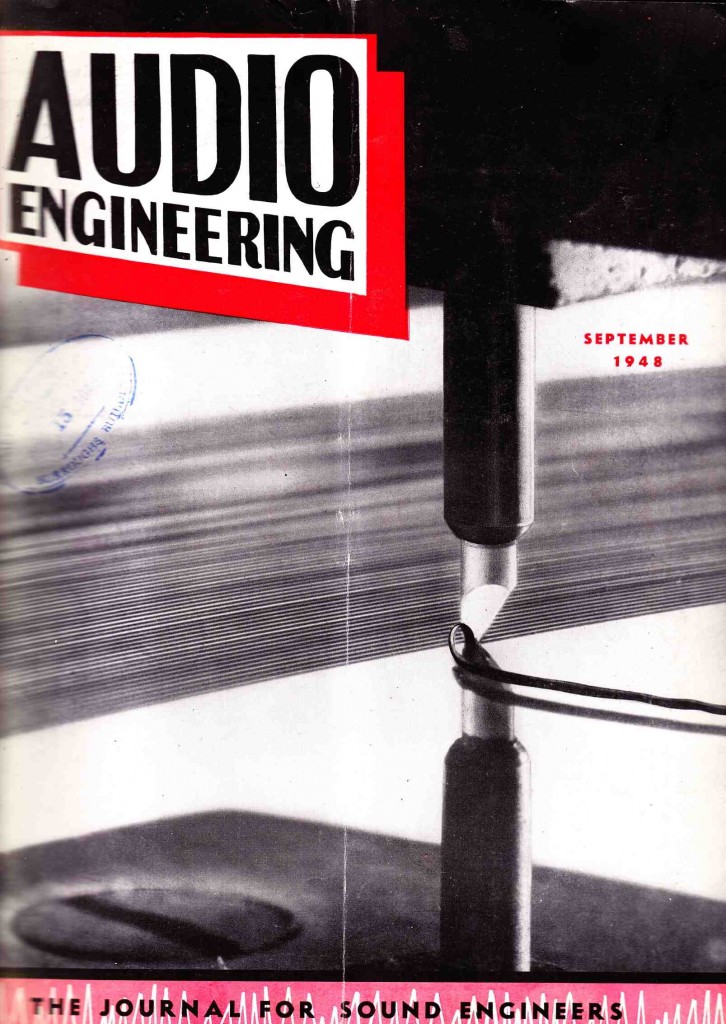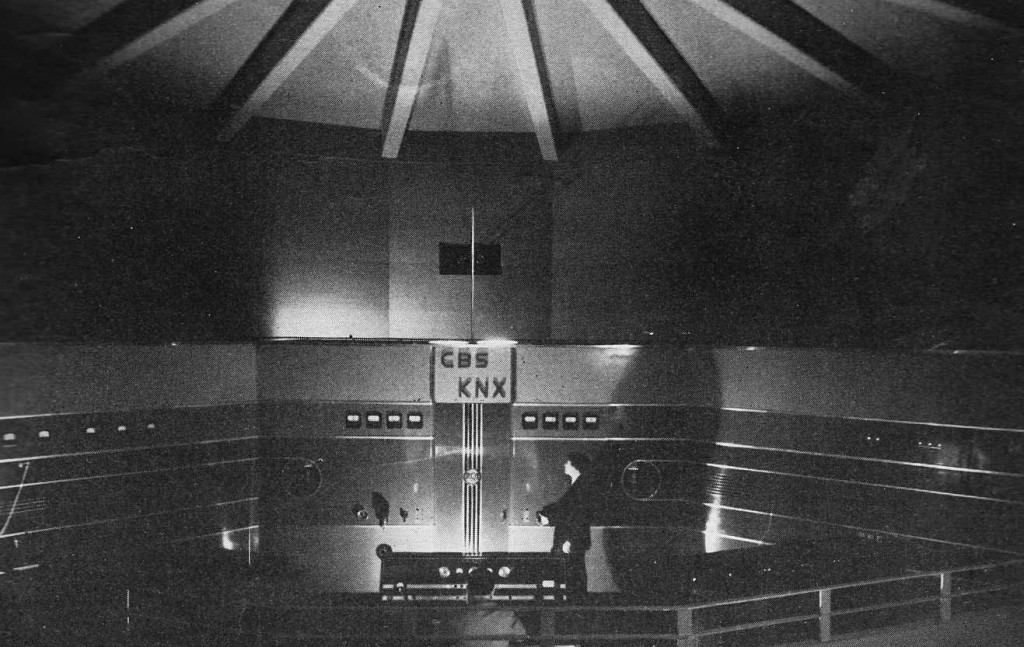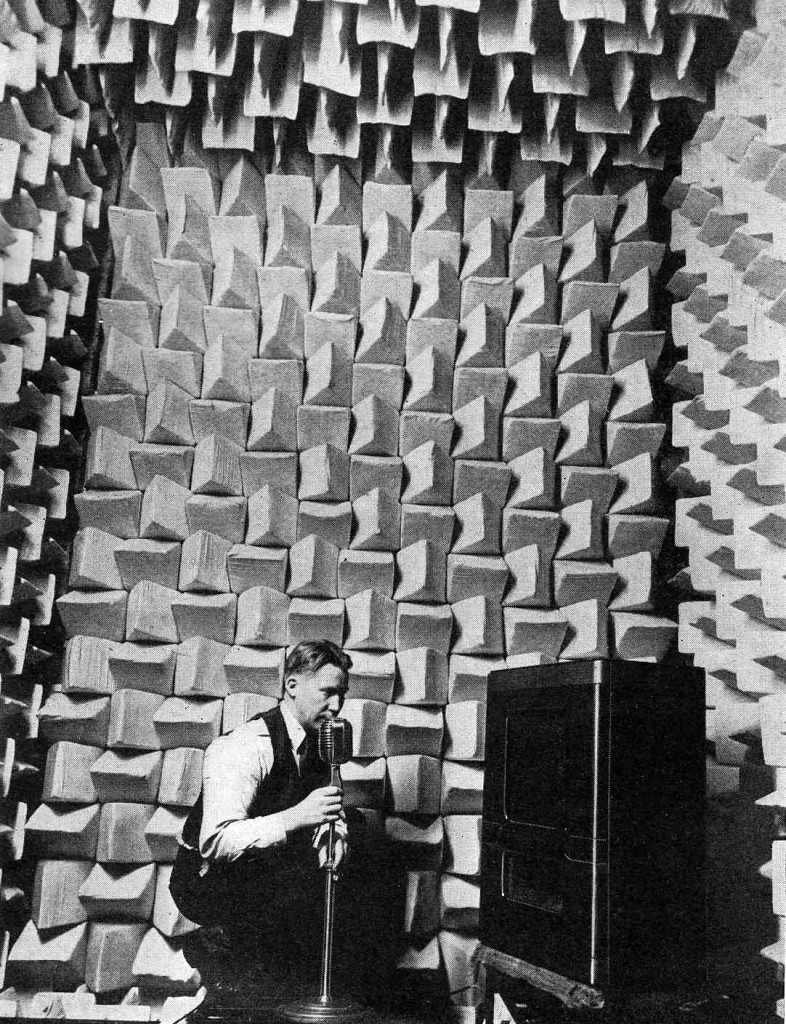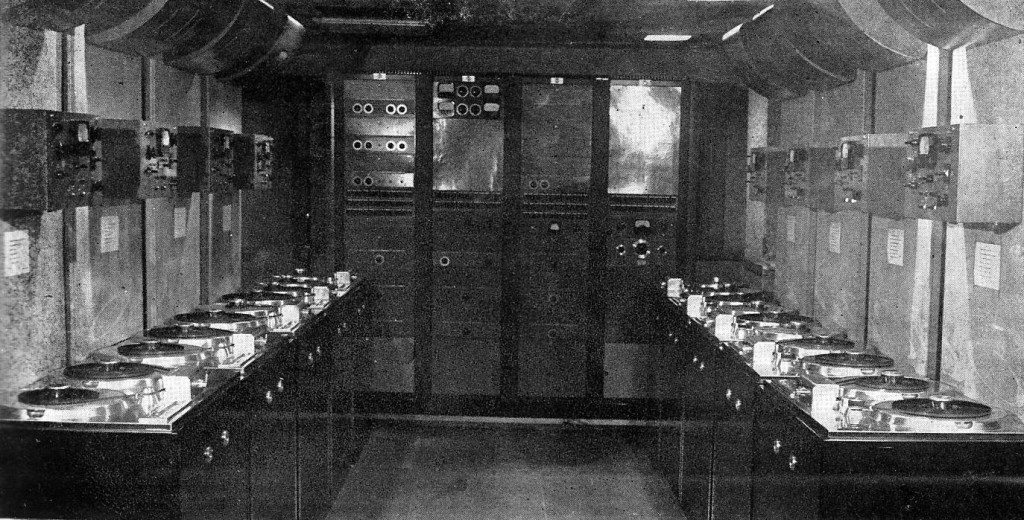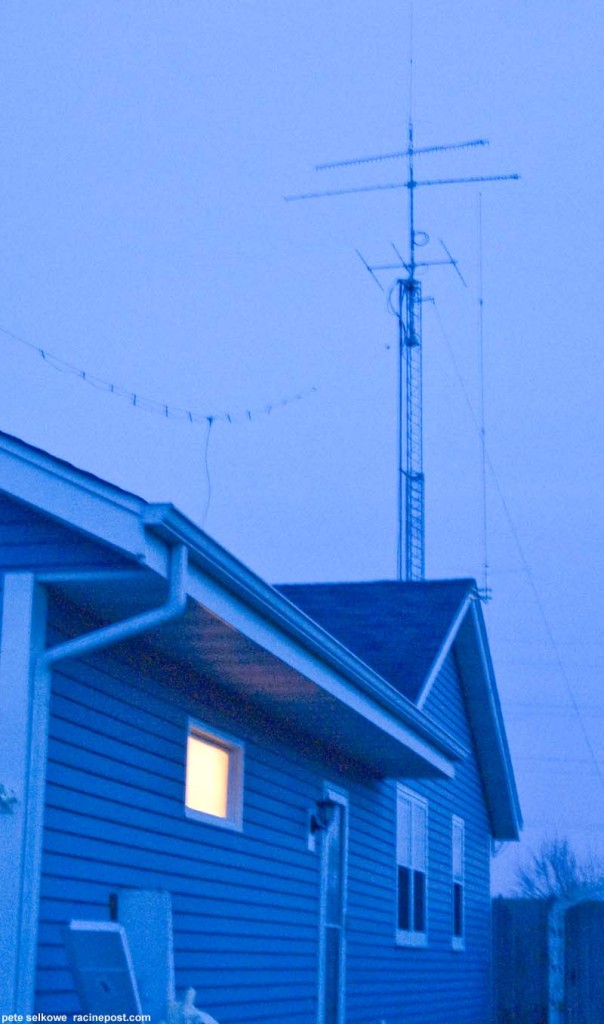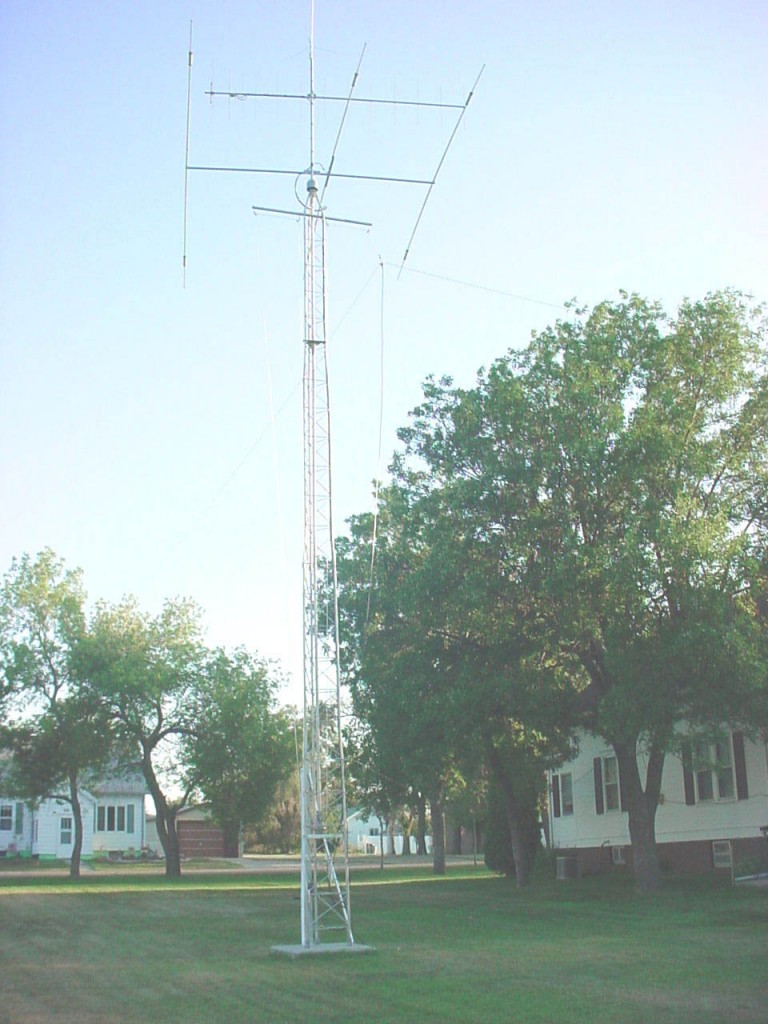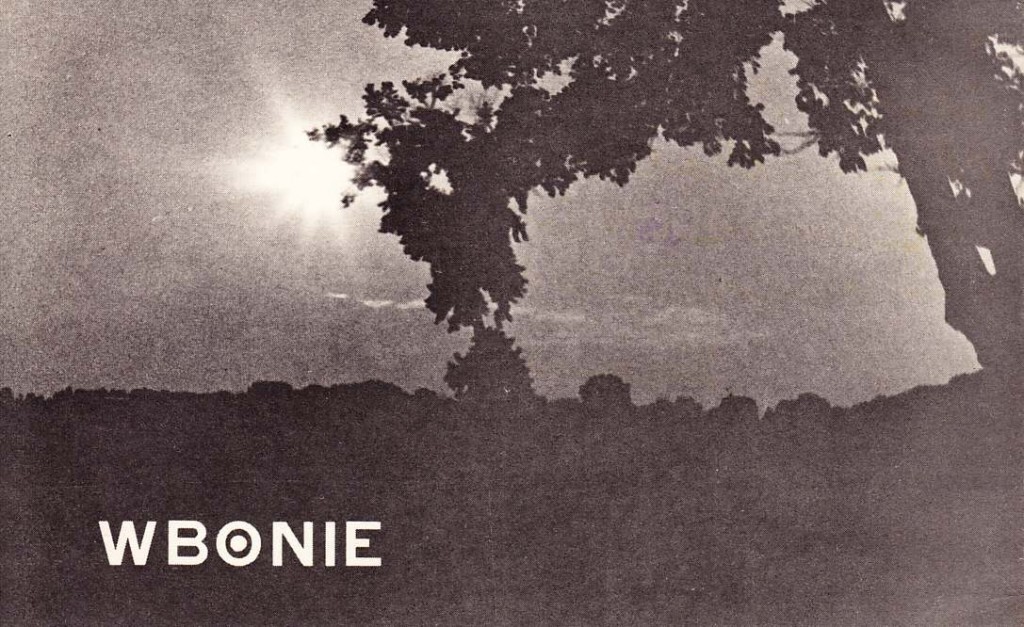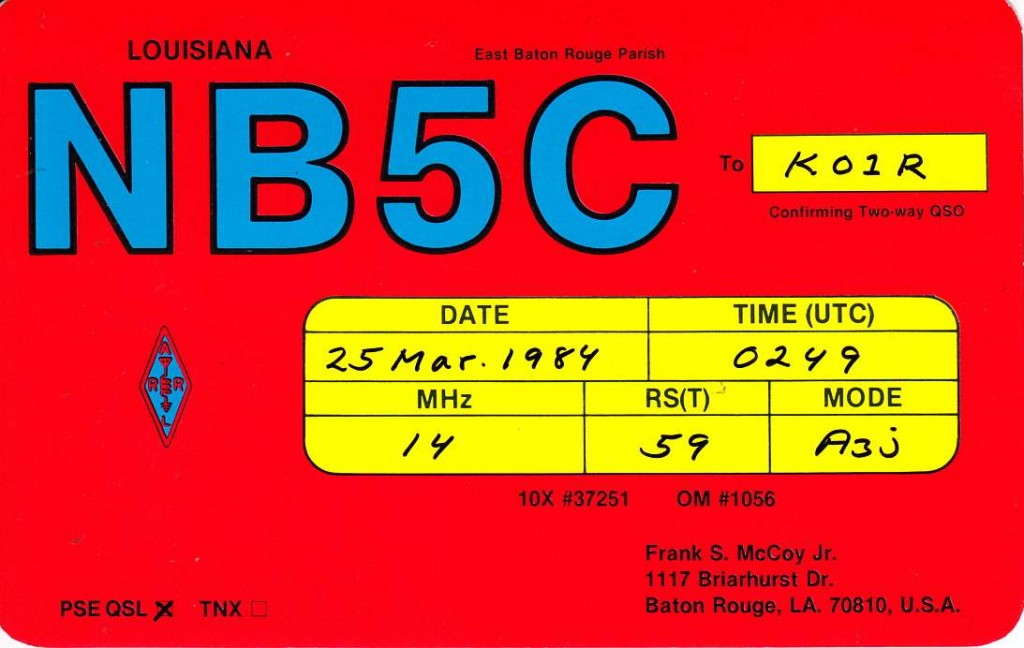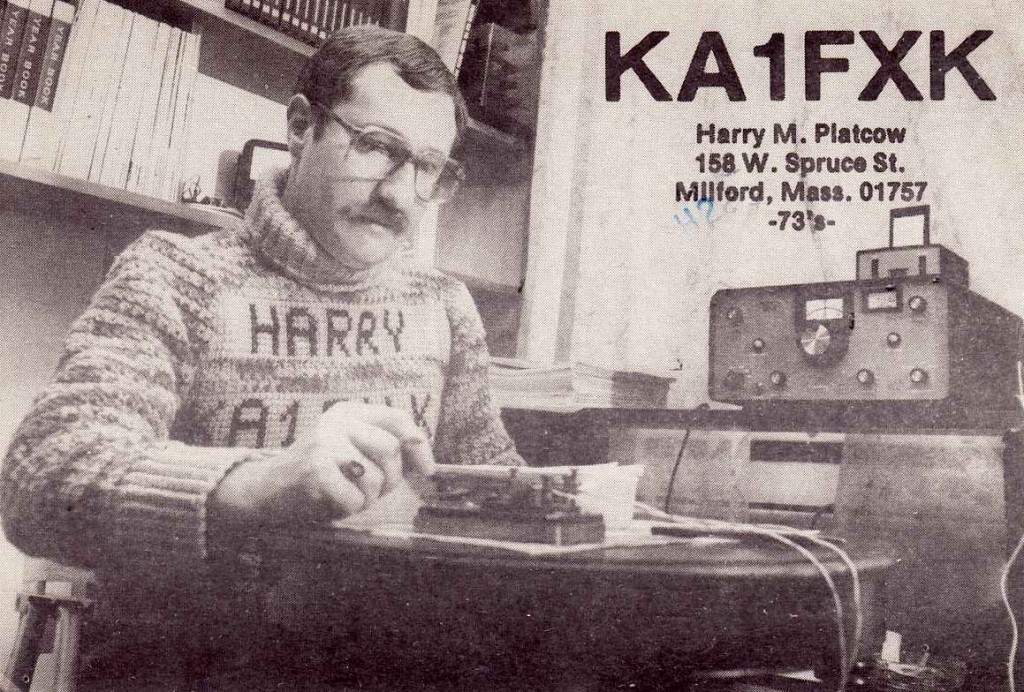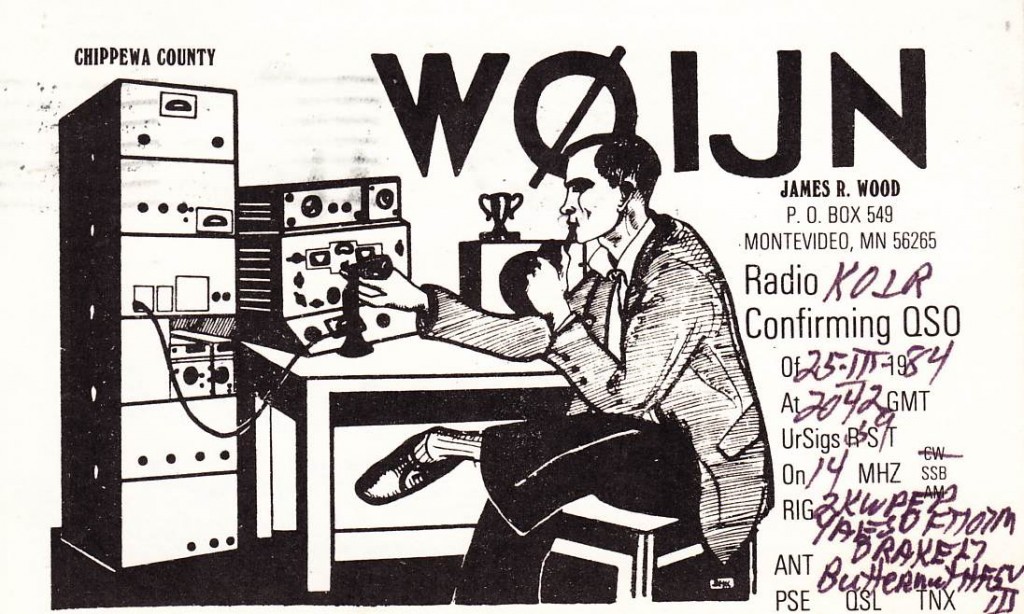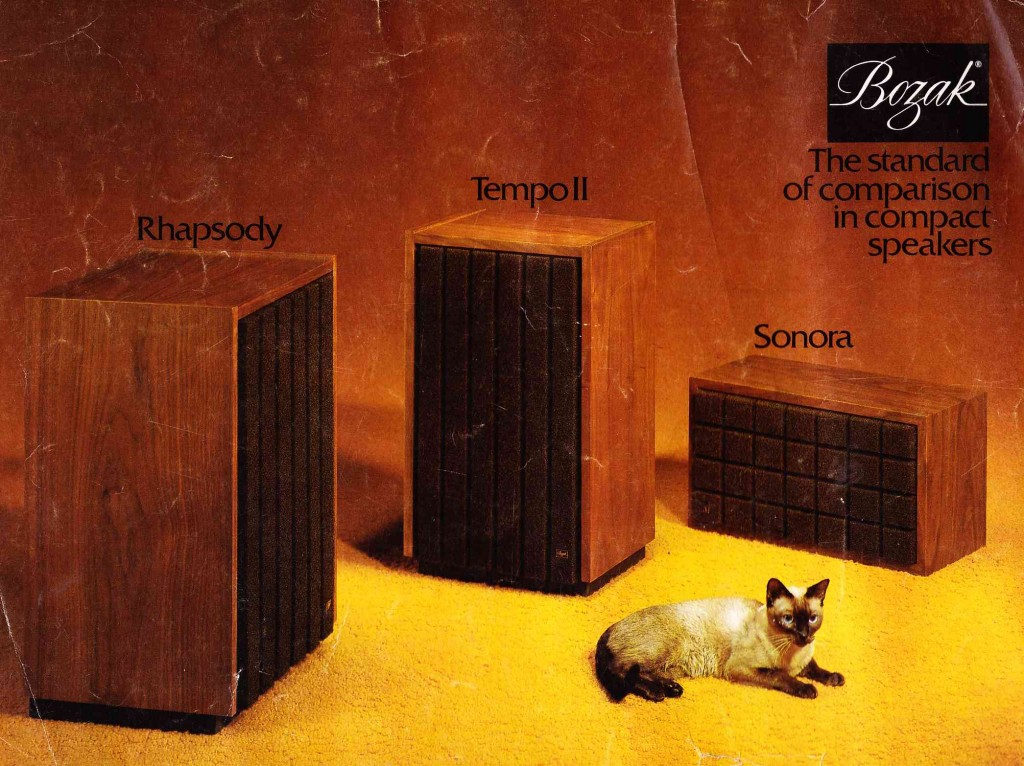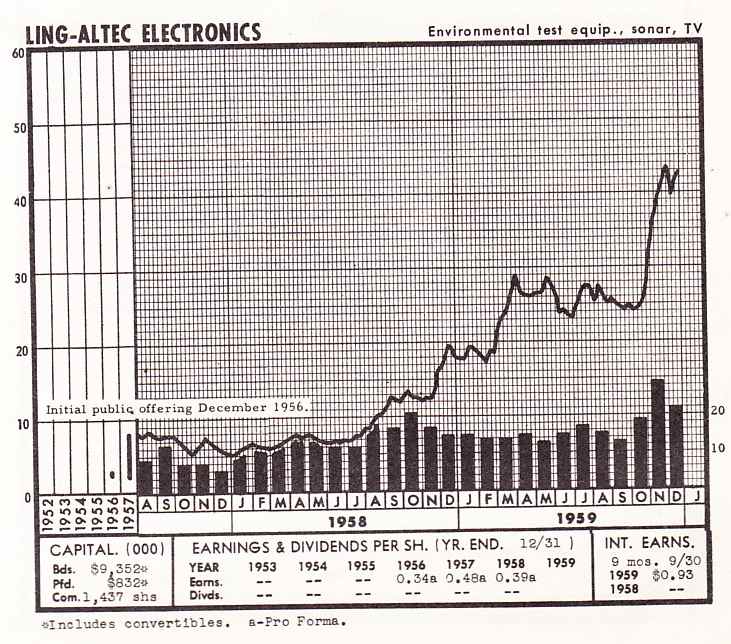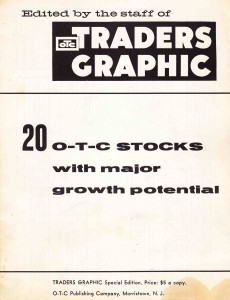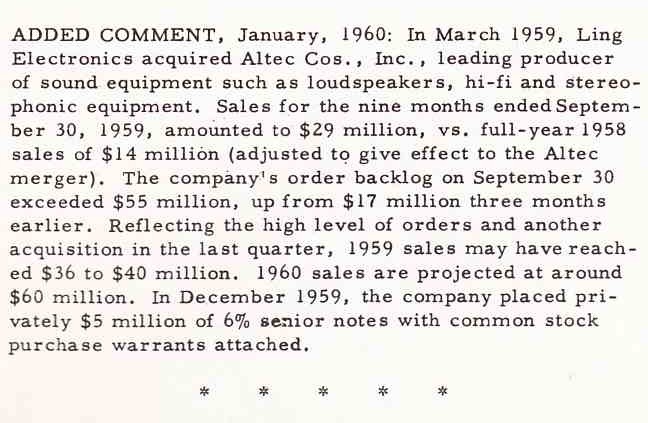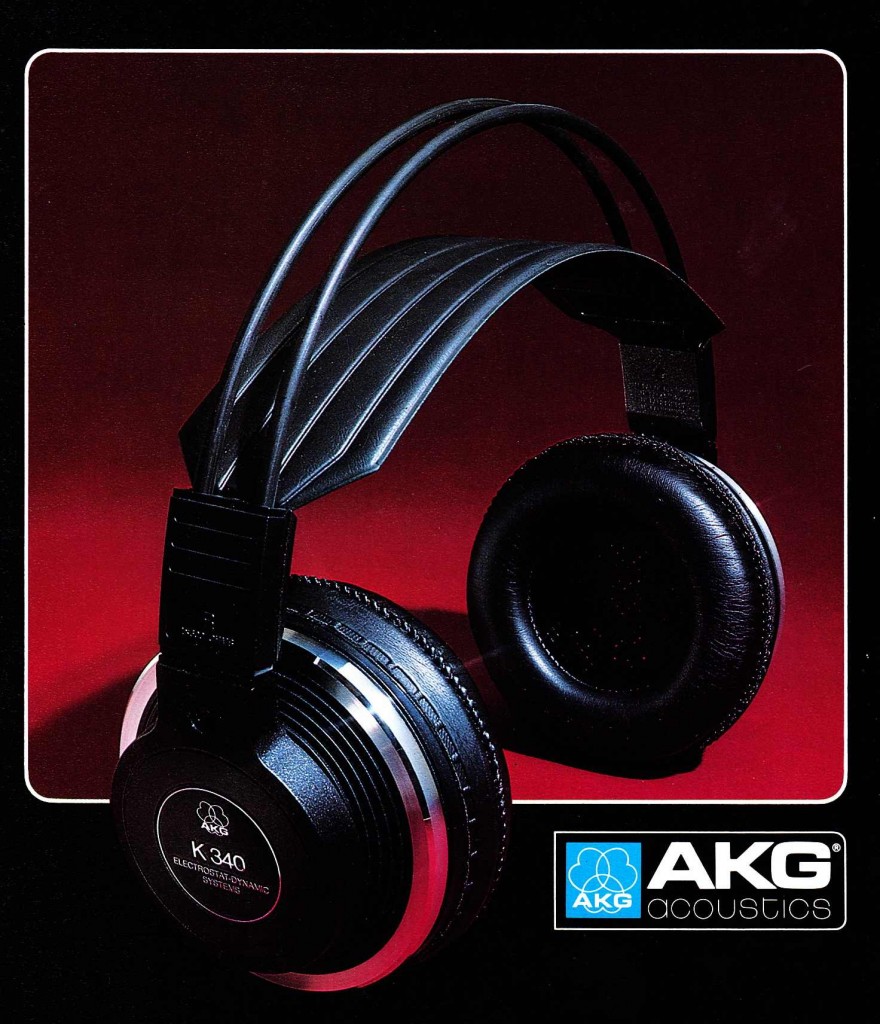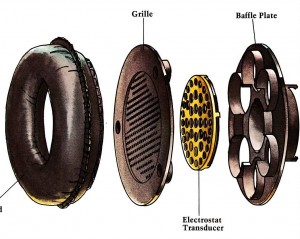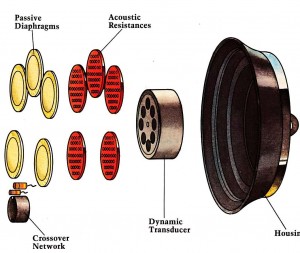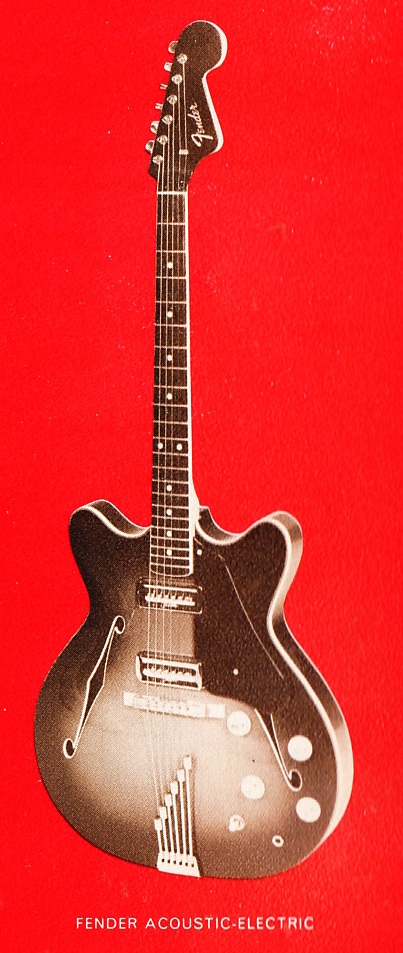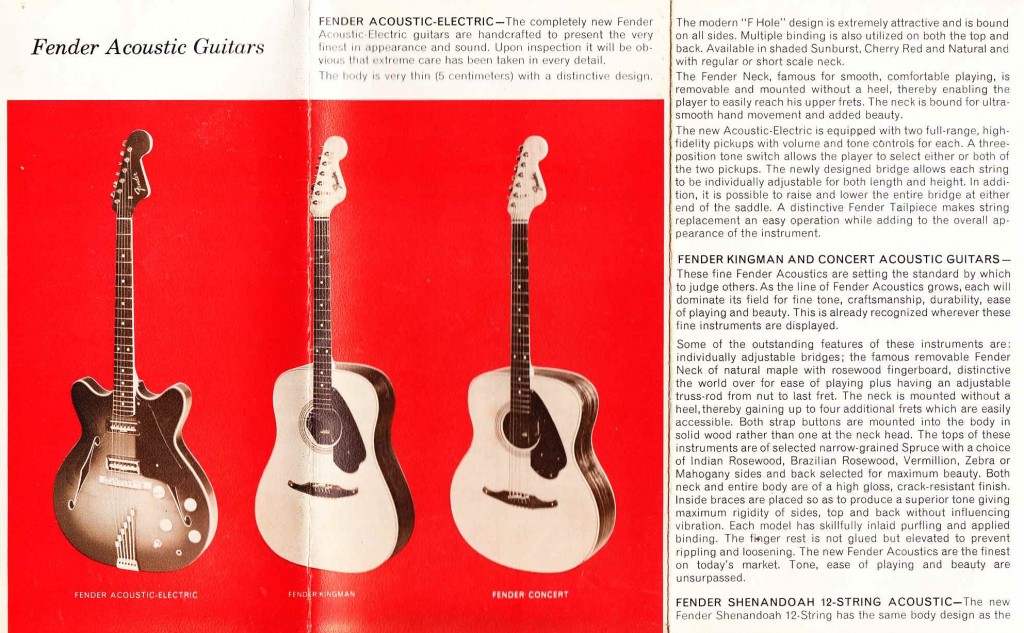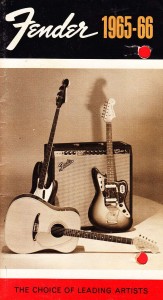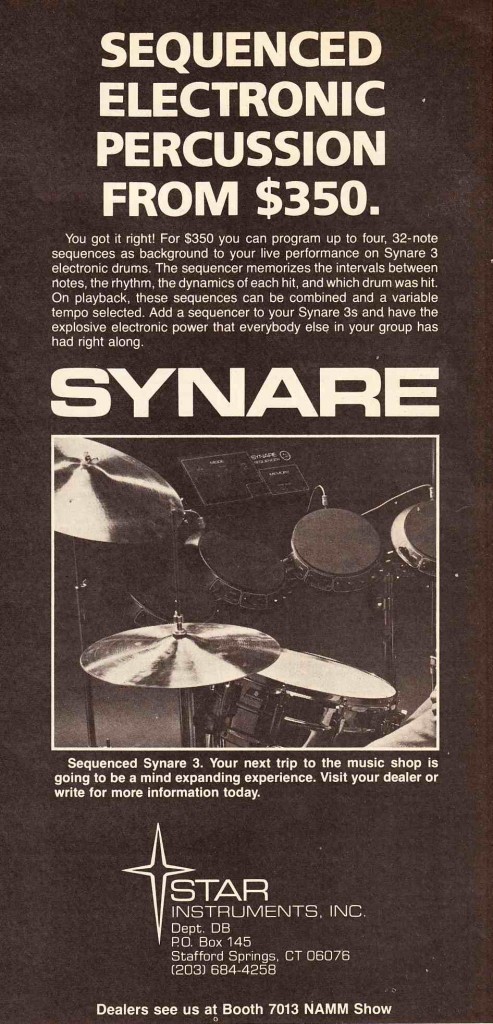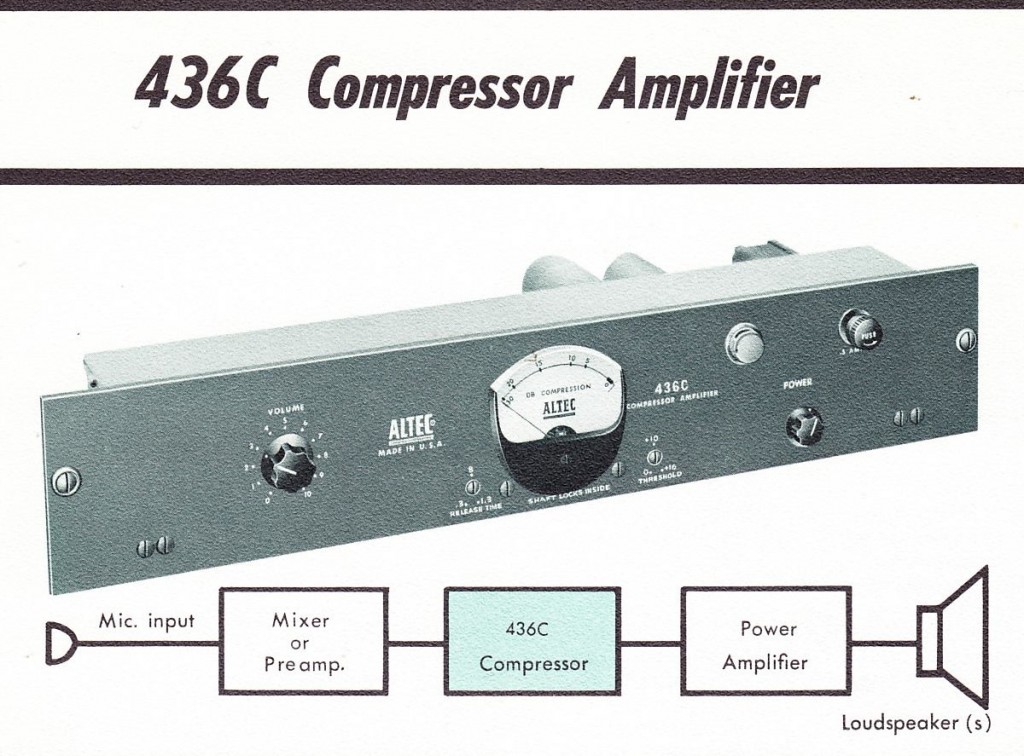 Ah the classic Altec 436C compressor (see here for previous coverage on PS dot com).
Ah the classic Altec 436C compressor (see here for previous coverage on PS dot com).
Here’s a fresh high-res scan of the original product-sheet (2pp):
DOWNLOAD: Altec_436C
I built one of these some years ago and it really sounds great. I used UTC ouncer -series transformers. Don’t be fooled by the tiny size – these are very good units. In fact, Ouncers are used in the early Urei 1176 as well as UA-175 and 176 compressors.
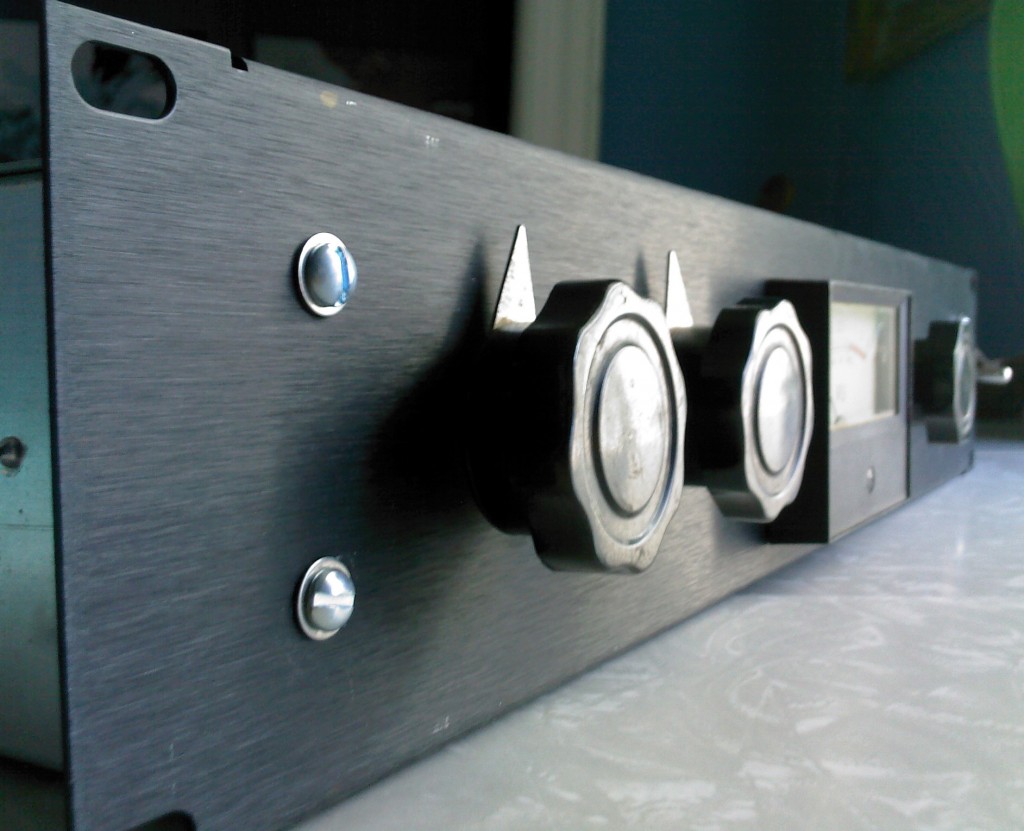
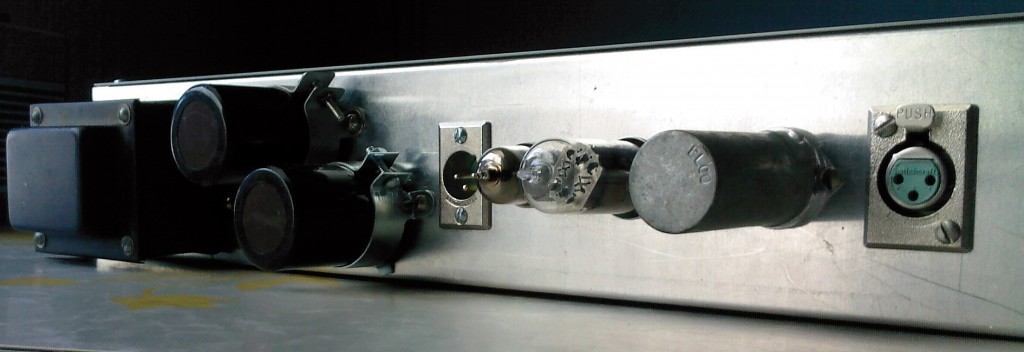
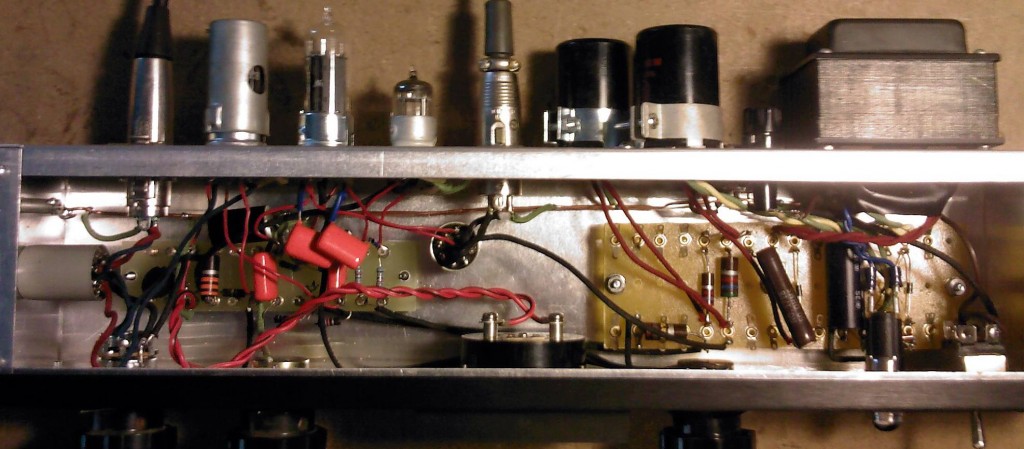 You can see how super-simple the circuit is. Aside from using a conventional power-supply circuit (rather than the voltage doubler that the original unit uses), i built mine pretty much exactly the same as the schematic.
You can see how super-simple the circuit is. Aside from using a conventional power-supply circuit (rather than the voltage doubler that the original unit uses), i built mine pretty much exactly the same as the schematic.
Now, if you look at the schem, you can see that there is no provision for an output control. This is a problem because these things add a lot (like 20 db or more) level to whatever you put into them if you have the input control high enough such that the unit is actually compressing. In the past I have gotten around this by using an outboard Daven H-pad attenuator that I mounted in a little box. This is not ideal for ergonomic reasons. Anyhow… while studying the (very similar) Gates Sta-Level schematic the other day, I was intrigued by the very simple, very inexpensive variable balanced output pad that the Sta-Level uses.
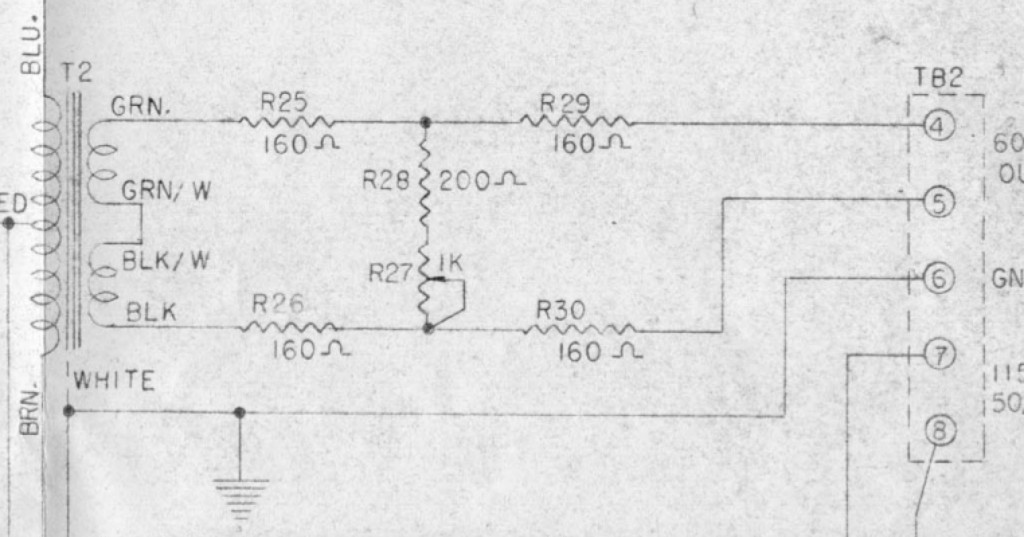 It’s like $5 of parts. Five 1/2 watt resistors and one pot. Based on information in the Sta-Level manual, adding this circuit after the output transformer of the 436C will provide a minimum 10db and a maximum 16db attenuation. Perfect. Now, it’s true that using this control will vary the effective output impedance of the unit slightly; but according to Gates, “This pad has been carefully tested to assure that the small impedance mismatch resulting from this range adjust-ment will not affect frequency response or other characteristics. ” And Gates was writing this back in the day when the Sat-Level would almost certainly be seeing a 600ohm load. Considering that nowadays it will more likely see a bridging load of 1500 – 10k ohms, I think it’s safe so say that this circuit should be (at least as) sonically-transparent (as a vacuum-tube vari-mu limiter can be).
It’s like $5 of parts. Five 1/2 watt resistors and one pot. Based on information in the Sta-Level manual, adding this circuit after the output transformer of the 436C will provide a minimum 10db and a maximum 16db attenuation. Perfect. Now, it’s true that using this control will vary the effective output impedance of the unit slightly; but according to Gates, “This pad has been carefully tested to assure that the small impedance mismatch resulting from this range adjust-ment will not affect frequency response or other characteristics. ” And Gates was writing this back in the day when the Sat-Level would almost certainly be seeing a 600ohm load. Considering that nowadays it will more likely see a bridging load of 1500 – 10k ohms, I think it’s safe so say that this circuit should be (at least as) sonically-transparent (as a vacuum-tube vari-mu limiter can be).
Gonna dig up some matched 160 ohm resistors and give it a shot… more to come…
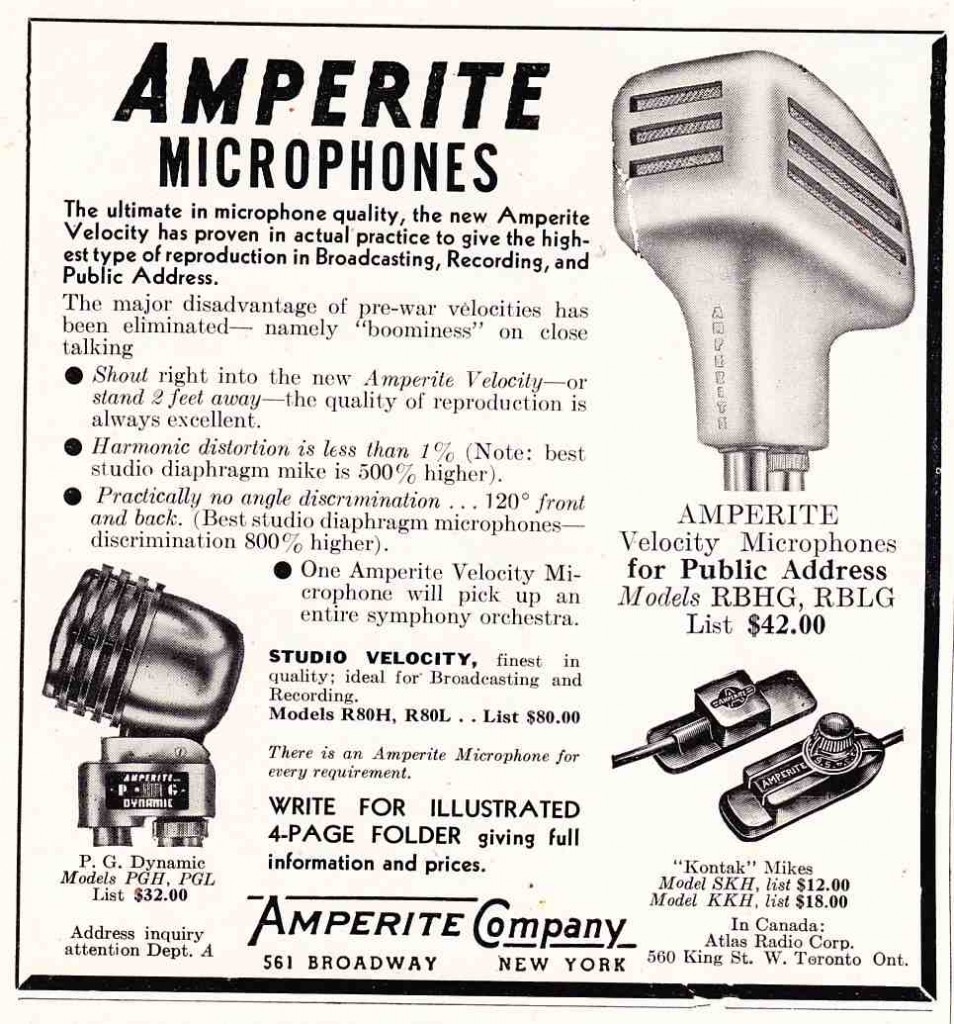 The Amperite Velocity Microphone
The Amperite Velocity Microphone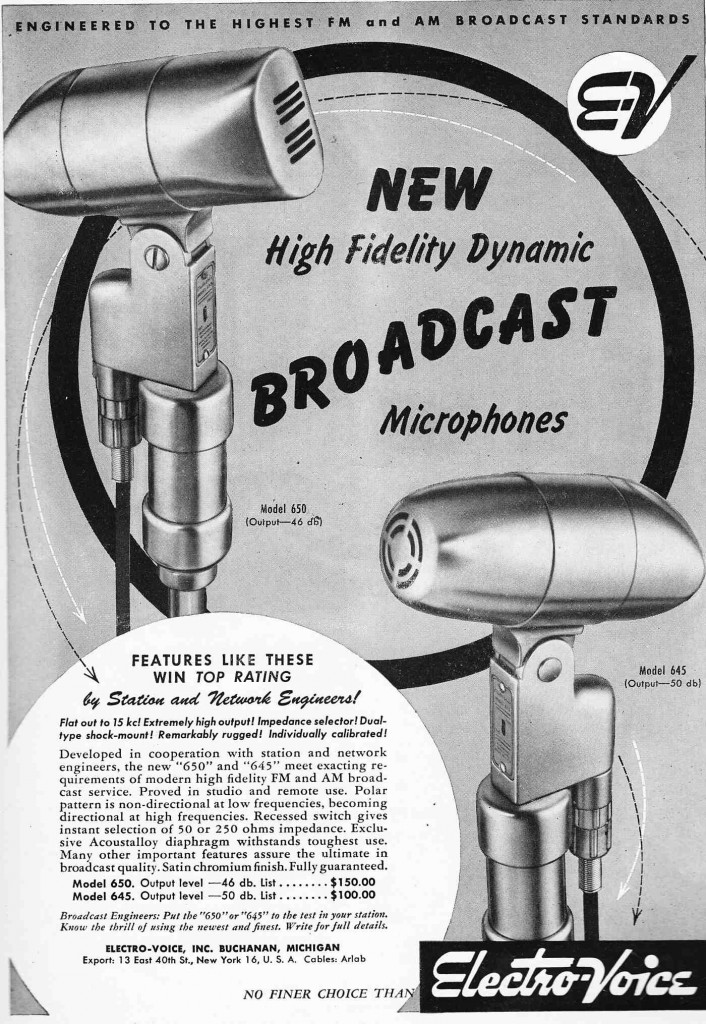 The Electrovoice 650 and 645. I really would like a nice 650… the ‘Jac Holzman Mic’
The Electrovoice 650 and 645. I really would like a nice 650… the ‘Jac Holzman Mic’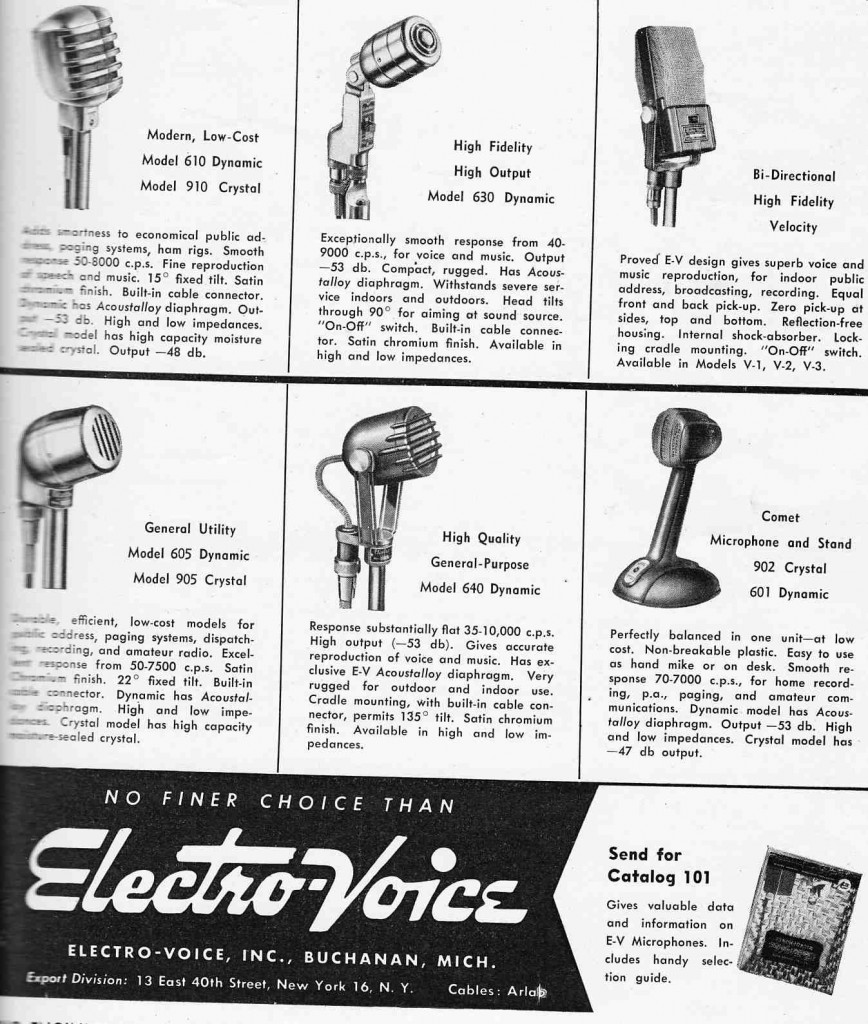 An Electrovoice line-up circa ’47
An Electrovoice line-up circa ’47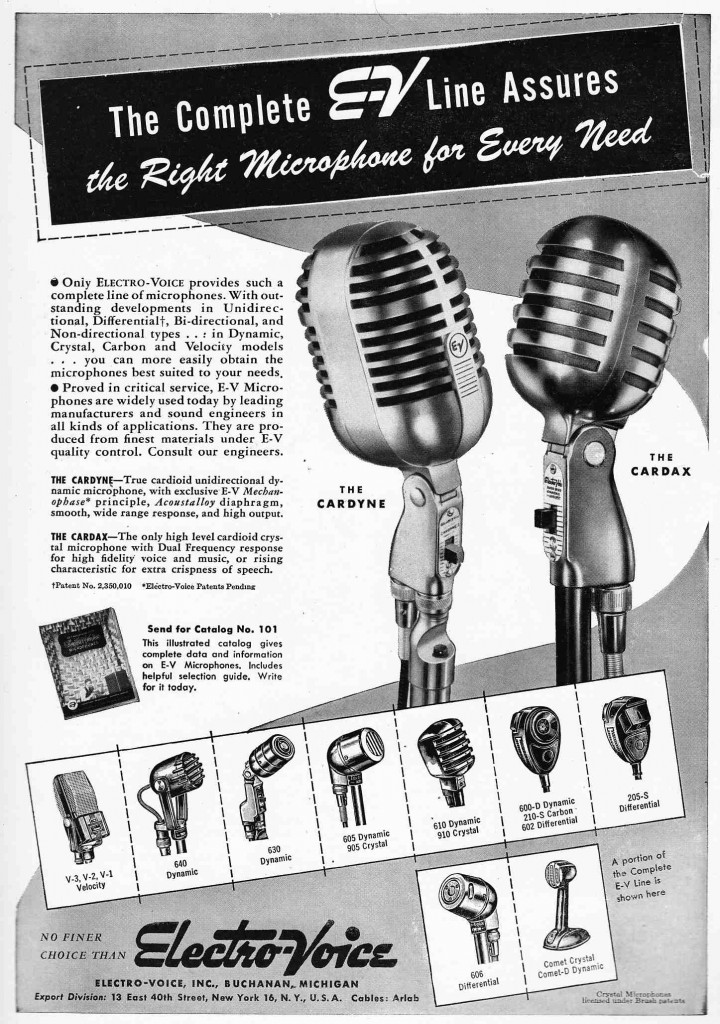 The Electrovoice Cardyne and Cardax
The Electrovoice Cardyne and Cardax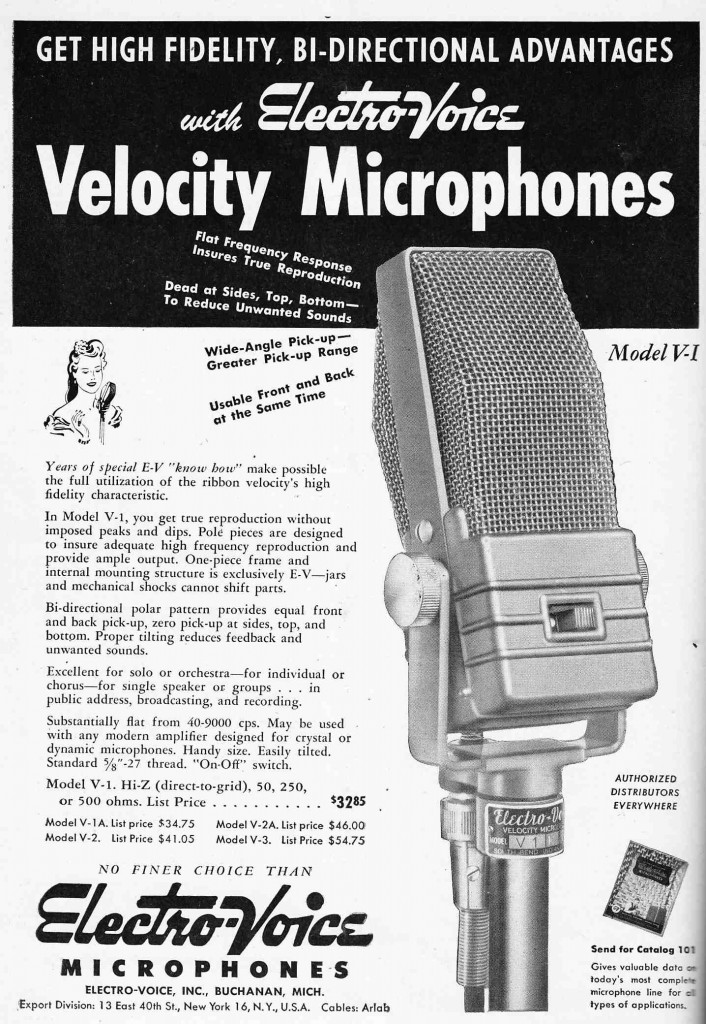 The Electrovoice V1 ribbon mic.
The Electrovoice V1 ribbon mic.